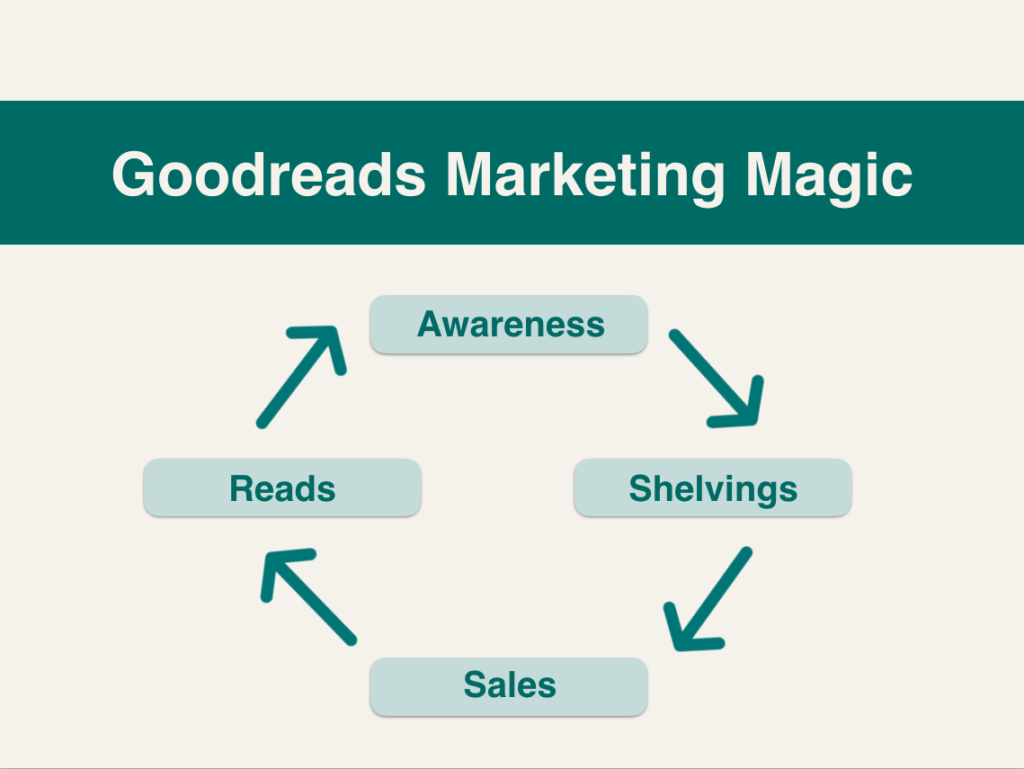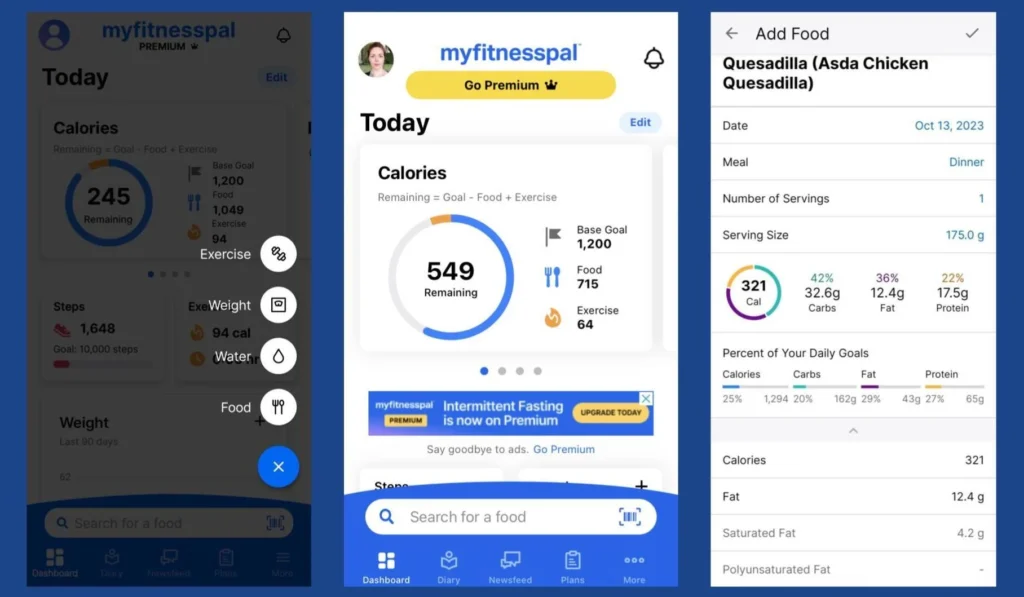
Ever noticed how your ears perk up when you hear your name in a crowded room?
Or how you can’t help but click on that “Based on your viewing history” recommendation?
Welcome to the Hyper-Self Relevance Effect!
And here’s the fascinating part:
This psychological phenomenon isn’t just about narcissism – it’s about how our brains are fundamentally wired to prioritize information that feels personally relevant.
📚 The Science Behind Self-Relevance

In 2004, psychologists Conway and Pleydell-Pearce introduced the Self-Memory System theory, revealing how our brains give special treatment to self-relevant information.
Their groundbreaking research showed that memories linked to our sense of self are processed and stored differently from other types of information.
Later research by Cunningham and Turk (2017) demonstrated that simply tagging information as self-relevant enhances memory performance and attention capture.
Their work revealed that self-reference acts as a powerful organizational tool in memory, helping people better remember and process information that relates to themselves.
This wasn’t just about preference – it revealed fundamental truths about human cognition:
- Self-relevant information gets privileged processing in the brain
- Personal context creates stronger memory encoding
- Identity-aligned messages bypass cognitive filters
🧪 The Psychology of Self-Relevance

The science behind how we process self-relevant information reveals fascinating insights into the human mind.
Research published in NeuroImage demonstrates that our brains activate distinct neural networks when processing self-relevant information, particularly in the medial prefrontal cortex.
This isn’t just a preference – it’s a fundamental feature of our cognitive architecture.
The attention-grabbing power of self-relevant information manifests in remarkable ways.
Studies from Psychological Science show that we process our own names and faces with exceptional speed and accuracy, even when they appear outside our conscious awareness.
This privileged processing happens automatically, making self-relevant information particularly effective at capturing and maintaining attention.
Research in Cognition shows that when we can connect information to ourselves – our experiences, beliefs, and goals – we remember it more easily and for longer periods.
As neuroscientist Antonio Damasio notes, “The self is not just about self-awareness – it’s the very mechanism through which we process reality.“
💼 3 Ways to Leverage the Hyper-Self Relevance Effect

1. Create Identity Echoes Don’t just personalize – reflect identity.

It’s not about inserting names or basic demographics—it’s about mirroring how people see themselves.
Look at how Strava doesn’t just track runs; it creates “athletic narratives” that reinforce users’ identity as athletes.
Their year-in-review features make every user feel like a protagonist in their own fitness journey.
Or how Duolingo transformed language learning by creating “language personality profiles” that match learning styles to identity traits.
Careful, though:
Don’t over-personalize to the point of creepiness (You don’t want to be the next Zuck). You want to reflect identity, not expose privacy.
2. Build Personal Context Bridges Getting personal is just the start.

The magic happens when you connect individual experiences to broader meaningful contexts.
Look at how LinkedIn doesn’t just show job matches – it creates “career identity stories” that connect personal skills to professional aspirations.
Or how Goodreads evolved from book recommendations to “reader identity profiles” that celebrate individual literary tastes.
3. Master Adaptive Relevance Context matters as much as content.

Your system should adapt its level of personalization based on user engagement and feedback.
Look at how Netflix’s “Because you watched” features evolve with viewing patterns, creating an ever-more-accurate reflection of taste.
🎯 The Hyper-Self Relevance Effect in Action
Spotify Wrapped: The Gold Standard of Identity Reflection

Spotify’s annual personalized review has become more than just a year-end summary – it’s a demonstration of identity-affirming personalization.
The platform transforms listening data into personal narratives that users eagerly share and celebrate.
Their success lies in how they turn objective listening data into meaningful personal stories that reflect users’ music identity.
Each year, Spotify creates unique categories and descriptors that help users understand their listening habits in the context of their personality.
The platform has essentially turned personal data into a form of self-expression, making the sharing of listening statistics a cultural phenomenon.
MyFitnessPal: Crafting Personal Health Narratives

MyFitnessPal demonstrates the effect through its personalized approach to health tracking.
Rather than just counting calories, the app creates a narrative around each user’s unique health journey.
It transforms routine logging into moments of identity affirmation, helping users see themselves as active participants in their health story rather than passive trackers of data.
The app’s effectiveness comes from its ability to connect daily actions to larger health goals, making each small choice feel significant to the user’s overall health identity.
This creates a powerful feedback loop where data reinforces identity, and identity motivates better habits.
ChatGPT: The Mirror of Conversational Identity

ChatGPT demonstrates the Hyper-Self Relevance Effect through its ability to adapt communication styles to match user interactions.
The AI creates what researchers call “linguistic synchrony” – matching its communication style to the user’s level of expertise and way of expressing themselves.
This adaptation helps users feel understood and recognized in their interactions.
Pinterest: The Visual Identity Curator

Pinterest exemplifies visual identity curation by creating personally relevant discovery experiences.
The platform’s recommendation system learns from user interactions to create increasingly personalized content feeds.
This creates a self-reinforcing loop where users’ choices help define their visual identity on the platform, which in turn shapes future recommendations.
LinkedIn: Professional Identity Amplification

LinkedIn leverages the effect by connecting professional achievements to identity development.
The platform transforms professional milestones into identity-affirming moments through features like skill endorsements, professional networking suggestions, and content sharing.
This creates an environment where professional growth and identity development are intertwined.
💡 The Hyper-Self Relevance Takeaway Here’s the truth
Personal relevance is the new attention currency in a world of infinite content.
The Hyper-Self Relevance Effect teaches us that the most powerful messages are those that feel like they were created just for us.
Your role is to create authentic personalization:
- Respect individual context
- Build identity-affirming experiences
- Design for personal meaning
Remember:
In the age of AI, the most powerful personalization doesn’t just speak to individuals – it speaks to their sense of self.
After all, in a world of mass communication, making each person feel truly seen might be the most valuable connection we can create.


Leave a Reply